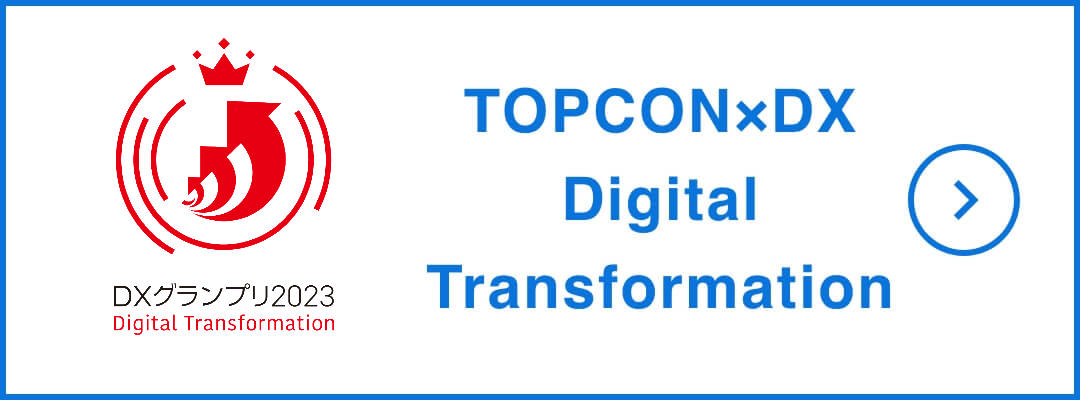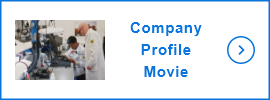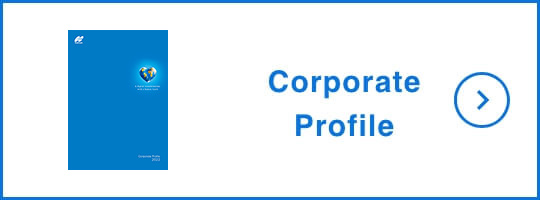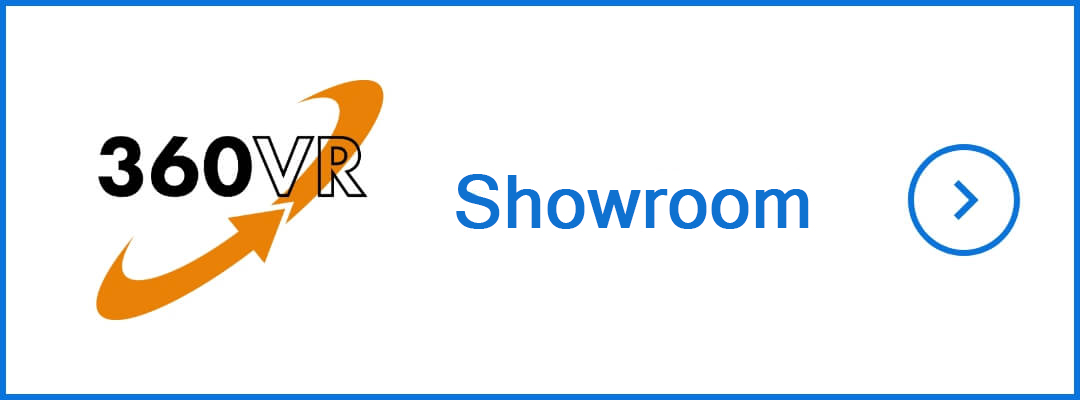Topcon Delivers 10,000th OCT Device
Milestone reflects transformation of the eye care industry and demand for non-invasive therapiesTopcon, as a pioneer in Optical Coherence Tomography (OCT) and market leader in eye care technology, is pleased to announce that we have shipped our 10,000th OCT device. OCT devices provide important insights into retinal disease and help to make treatment decisions. This noninvasive, patient-friendly technology is significant in its ability to provide micrometer level imaging of the internal structure of the eye.
This milestone reflects the growing global market demand for OCT systems and Topcon’s continued commitment to innovation in imaging technology. The June 2006 introduction of the first spectral domain OCT marked a significant revolution in the eye care diagnosis and dramatically expanded the use of OCT from top researchers to general ophthalmologists and optometrists.
With the introduction of the 3D OCT Maestro, Topcon has set the bar with a comprehensive OCT system that is exceptionally easy to use, automatically providing full color fundus images in the same patient-friendly exam. As a result of the Maestro’s remarkable imaging capabilities, Topcon is expanding its already significant footprint, accounting for nearly one-third of all OCT units sold worldwide. Physicians around the world have adopted Topcon’s revolutionary OCT technologies to provide their patients with state-of-the-art diagnoses, delivering superior images in greater detail than ever before. Today, more than 10,000 Topcon OCT devices are being used to treat patients all over the world.
Topcon continues to advance the technology, introducing to the market several new pioneering technologies, including fully automated scanning, rapid scanning speeds, high-resolution images in the deep retinal layers, multimodality and integration of swept source technology.
“Swept source adds a new dimension to OCT. The TOPCON DRI Swept Source OCT is easy to use, provides unique clinical information, and has improved my practice,” said Paulo E. Stanga, MD, consultant ophthalmologist, vitreoretinal surgeon, and professor of ophthalmology and retinal regeneration at the Manchester Royal Eye Hospital in Manchester, England. “For the first time, we can in-vivo visualize not only the vitreoretinal interface but also the cortical vitreous which is important at the time when more and more therapies are delivered via intra-vitreal injections. Deeper imaging brings choroidal thickness, helping guide my clinical decisions. Seeing more helps guide my therapy and allows me to treat more effectively. I find Swept Source an essential tool to look for biomarkers of disease regression or progression.”






